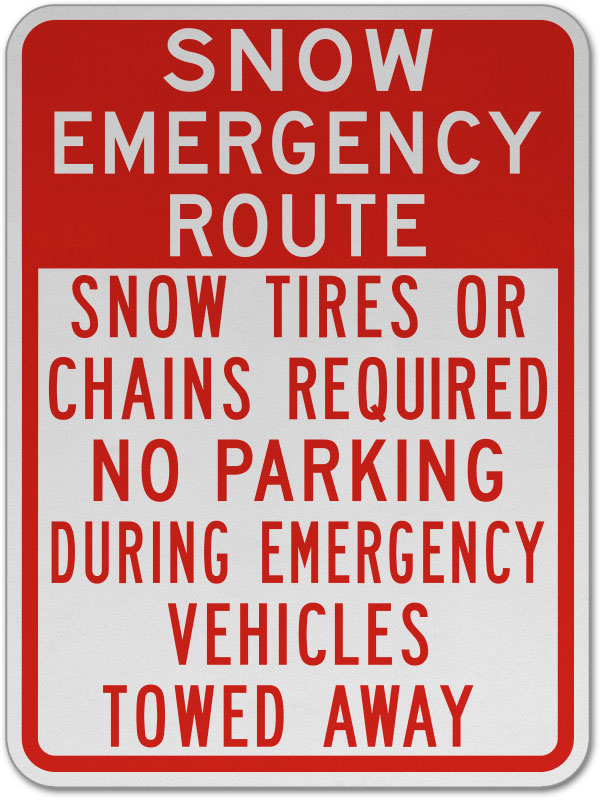No idea, no kids.
Standard advice during the winter is not to let the gas level drop too low. I normally refuel at about 1/4 tank.
I've driven back to the San Francisco Bay Area from the Lake Tahoe or Reno area during winter. The big thing is that fuel is more expensive in the touristy areas, but it might be worth it compared to running out of fuel. I'll put my transmission in a lower gear for better control even though it eats more fuel. But if I just came back from playing in the snow, so I usually would have all the winter clothes I might need to wait out a storm. Not sure what it would be like with a commute. The weird thing for me was always bundling up then going indoors where it was warm.
Last edited:



